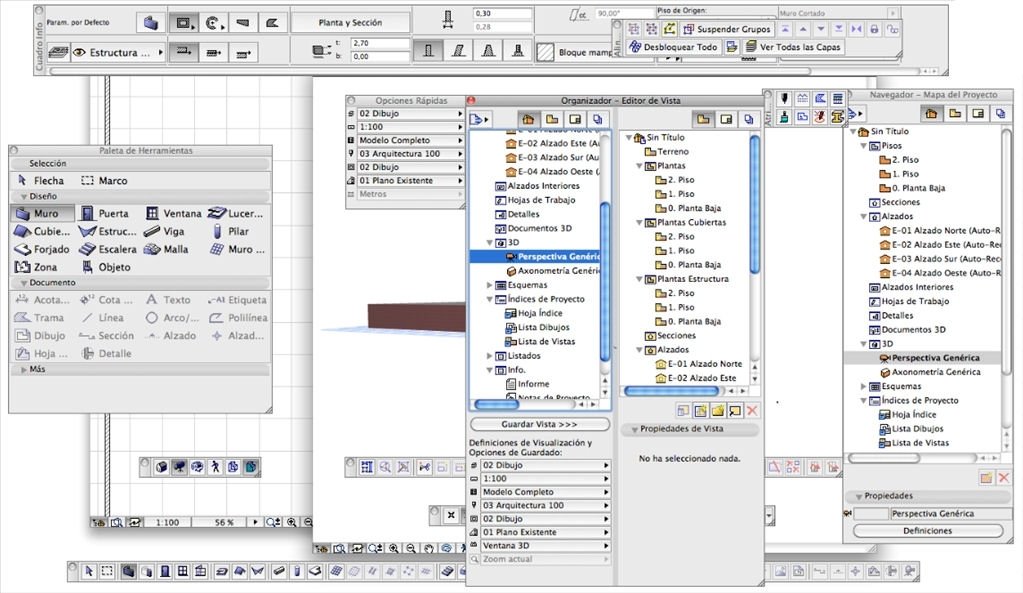

CPU PerformanceĪrchicad uses the CPU for most operations (like Processing Elements, Generating 2D Views, Rendering). Please note that they are still using Rosetta 2 to run on these processors. Since there were not a lot of changes in the architecture of the M1 Pro/Max vs the original M1, there won’t be any difference in terms of compatibility with our products. While the performance of these new chips is increased greatly compared with the first M1, they still have a very good level of power efficiency. These help to bring the performance of the M1 Pro and M1 Max closer to the level of high-end prosumer laptops and desktops. With M1 Pro, we can configure it with up to 32GB of memory, whereas this number goes up to 64GB in case of M1 Max.

Powering the graphics side, we have up to 16-core GPU in the M1 Pro and up to 32-core GPU in the M 1 Max. As these chips target professional users, the CPU performance has been boosted with double the high-performance core (in the high-tier models for both M1 Pro and M1 Max). The underlying architecture of the processors does not differ from last year’s Apple M1 System-on-a-Chip (SoC), but their performance is greatly improved. More information about Graphisoft’s support with Apple ARM processors can be found here. Please keep in mind Archicad is still running on Apple ARM platform through Rosetta 2. The article will focus on the performance of Archicad in different M1 chips. Both processors have the same number of CPU cores, while the M1 Max has more graphics performance with double the GPU cores and memory bandwidth. The M1 Max is the most powerful version of the M1 generation, followed by the M1 Pro. Apple introduced the update to their first SoC for the Mac, the M1 Pro and M1 Max , that focused on professional users in October 2021.


 0 kommentar(er)
0 kommentar(er)
